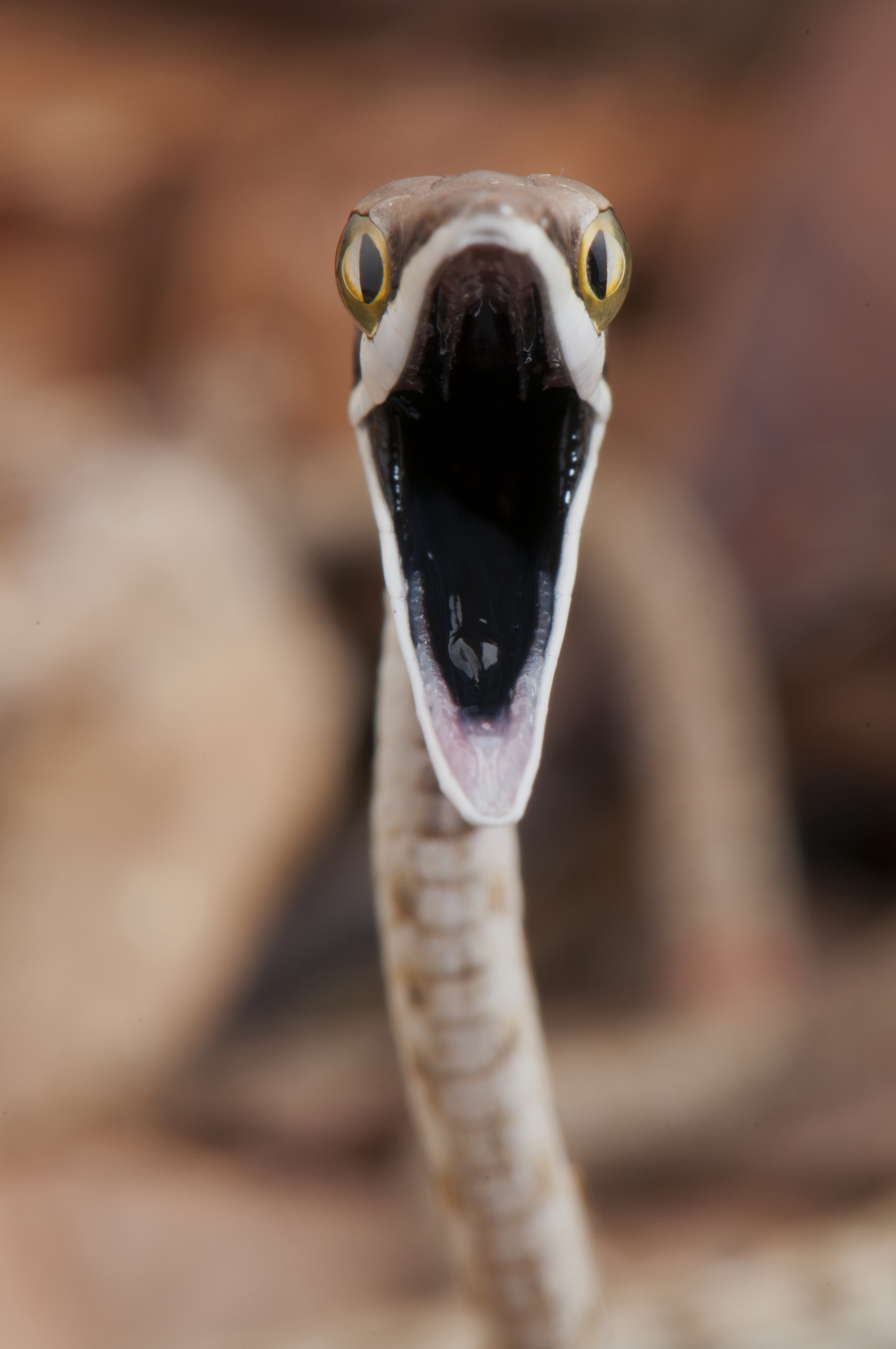Oxybelis Aeneus (detail) on:
[Wikipedia]
[Google]
[Amazon]
 ''Oxybelis aeneus'', commonly known as the Mexican vine snake or brown vine snake, is a species of colubrid snake, which is endemic to the
''Oxybelis aeneus'', commonly known as the Mexican vine snake or brown vine snake, is a species of colubrid snake, which is endemic to the
''Oxybelis aeneus'' eating a rosebelly lizard ''(Sceloporus variabilis)''
* {{Authority control Colubrids Reptiles of Mexico Reptiles of the United States Reptiles of Trinidad and Tobago Vertebrates of Guyana Reptiles of Central America Reptiles of Guatemala Taxa named by Johann Georg Wagler Reptiles described in 1824
 ''Oxybelis aeneus'', commonly known as the Mexican vine snake or brown vine snake, is a species of colubrid snake, which is endemic to the
''Oxybelis aeneus'', commonly known as the Mexican vine snake or brown vine snake, is a species of colubrid snake, which is endemic to the Americas
The Americas, which are sometimes collectively called America, are a landmass comprising the totality of North and South America. The Americas make up most of the land in Earth's Western Hemisphere and comprise the New World.
Along with th ...
.
Geographic range
''O. aeneus'' is found from southern Arizona in the United States, through Mexico, to northern South America and Trinidad and Tobago.Description
''O. aeneus'' is an extremely slender snake that reaches up to in total length (including a long tail). Its color may vary from gray to brown with a yellow underside. The body is laterally compressed. The snout is prominent, its length more than two times the diameter of the eye. There is 1 preocular, and there are 2 postoculars. There is 1 anterior temporal, and there are 2 posterior temporals. Boulenger, G.A. (1896). ''Catalogue of the Snakes in the British Museum (Natural History). Volume III., Containing the Colubridæ (Opisthoglyphæ and Proteroglyphæ) ...'' London: Trustees of the British Museum (Natural History). (Taylor and Francis, printers). xiv + 727 pp. + Plates I-XXV. (''Oxybelis argenteus'', pp. 190-191). There is noloreal scale
The lore (adj. loreal) is the region between the eyes and nostrils of birds, reptiles, and amphibians.
Ornithology
In ornithology, the lore is the region between the eye and bill on the side of a bird's head. This region is sometimes featherles ...
, and there are 8-10 upper labials.
The smooth dorsal scales are arranged in 17 rows at midbody.
Ventrals
In snakes, the ventral scales or gastrosteges are the enlarged and transversely elongated scales that extend down the underside of the body from the neck to the anal scale. When counting them, the first is the anteriormost ventral scale that cont ...
173-205; subcaudals 150-188, divided (paired). The anal plate is divided in Arizona specimens, but is entire in South American specimens.
Common names
In Arizona ''O. aeneus'' is also called "pike-headed tree snake". Wright, A.H.; Wright, A.A. (1957). ''Handbook of Snakes of the United States and Canada''. Ithaca and London: Comstock. 1,105 pp. (in 2 volumes) (''Oxybelis aeneus auratus'', pp. 563, 565-569, Figure 167, Map 44). In Trinidad and Tobago and Guyana, it is known as a "horse whip" or "vine snake".Behavior
Mostly arboreal and diurnal, ''O. aeneus'' is quite often mistaken for a vine. When threatened, it sometimes releases foul smelling secretions from its vent.Diet
''O. aeneus'' feeds mainly on lizards (mostlyanole
Dactyloidae are a family of lizards commonly known as anoles () and native to warmer parts of the Americas, ranging from southeastern United States to Paraguay. Instead of treating it as a family, some authorities prefer to treat it as a subfami ...
s), but also eats frogs, small rodents and birds.
Venom
''O. aeneus'' is a mildly venomous rear-fanged snake, but it is not considered dangerous to humans.Reproduction
''O. aeneus'' isoviparous
Oviparous animals are animals that lay their eggs, with little or no other embryonic development within the mother. This is the reproductive method of most fish, amphibians, most reptiles, and all pterosaurs, dinosaurs (including birds), and ...
. Clutch sizes of 3-6 have been published. In Arizona, hatching occurs in September.Goldberg, S.R. (1998). "Reproduction in the Mexican vine snake ''Oxybelis aeneus'' ". ''Texas Journal of Science'' 50 (1): 51-56.
References
Further reading
* Behler, John L.; King, F. Wayne (1979). ''The Audubon Society Field Guide to North American Reptiles and Amphibians''. New York: Alfred A. Knopf. 743 pp. . (''Oxybelis aeneus'', pp. 641–642). * * Schmidt, Karl P.; Davis, D. Dwight (1941). ''Field Book of Snakes of the United States and Canada''. New York: G.P. Putnam's Sons. 365 pp. (''Oxybelis microphthalmus'', pp. 266–268, Figure 88). * Stebbins, Robert C. (2003). ''A Field Guide to Western Reptiles and Amphibians, Third Edition''. The Peterson Field Guide Series ®. Boston and New York: Houghton Mifflin. xiii + 533 pp. . (''Oxybelis aeneus'', pp. 402–403 + Plate 47 + Map 144). * Wagler, "Jean" ic(1824). "''Serpentum Brasiliensium species novae, ou histoire naturelle des espèces nouvelles de serpens, recueillies et observées pendant le voyage dans l'intèrieur du Brésil dans les années 1817, 1818, 1819, 1820, exécuté par ordre de sa Majesté le Roi de Baviére'' ". ''In:'' Spix, '"Jean de" ic(1824). ''Animalia nova sive species novae''. Munich: F.S. Hübbschmann. viii + 75 pp. + Plates I-XXVI. (''Dryinus aeneus'', new species, pp. 12–13 + Plate III). (in Latin and French). * Zim, Herbert S.; Smith, Hobart M. (1956). ''Reptiles and Amphibians: A Guide to Familiar Species: A Golden Nature Guide''. New York: Simon and Schuster. 160 pp. (''Oxybelis aeneus'', pp. 82, 84, 156).External links
''Oxybelis aeneus'' eating a rosebelly lizard ''(Sceloporus variabilis)''
* {{Authority control Colubrids Reptiles of Mexico Reptiles of the United States Reptiles of Trinidad and Tobago Vertebrates of Guyana Reptiles of Central America Reptiles of Guatemala Taxa named by Johann Georg Wagler Reptiles described in 1824